Tsukimi: The Japanese Tradition of Moon Viewing
Tsukimi, Japan’s ancient moon-viewing festival, honors the beauty of the autumn harvest moon. It’s a time for families to gather, offer thanks, and appreciate the natural world.
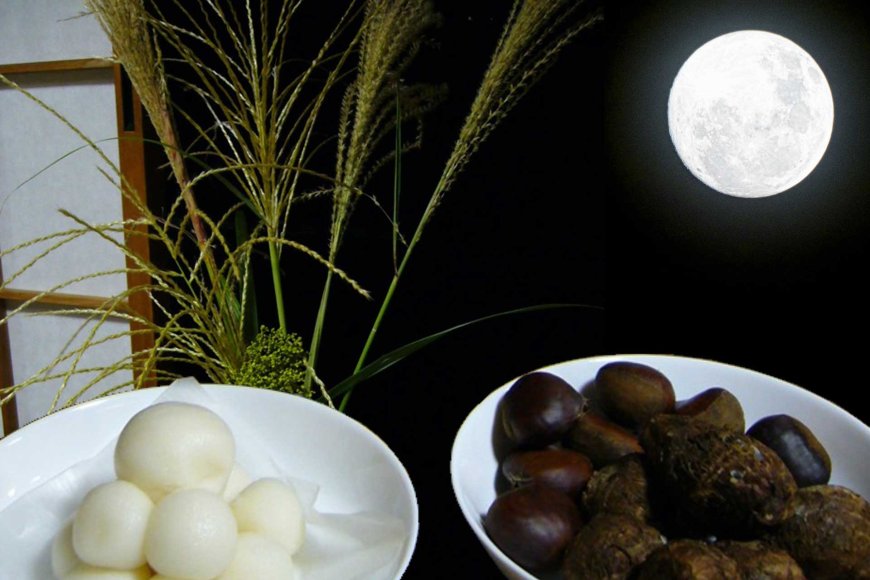
Moonlight Traditions
In Japan, the cultural tradition of Tsukimi (月見), literally translating to “moon viewing,” has been celebrated for centuries. This annual custom, observed during the autumn season, pays homage to the harvest moon, known as the “chūshū no meigetsu” (中秋の名月), which occurs in mid-September or early October. Rooted in both spiritual and seasonal appreciation, Tsukimi is a time for reflection, gratitude, and celebration of nature's beauty.
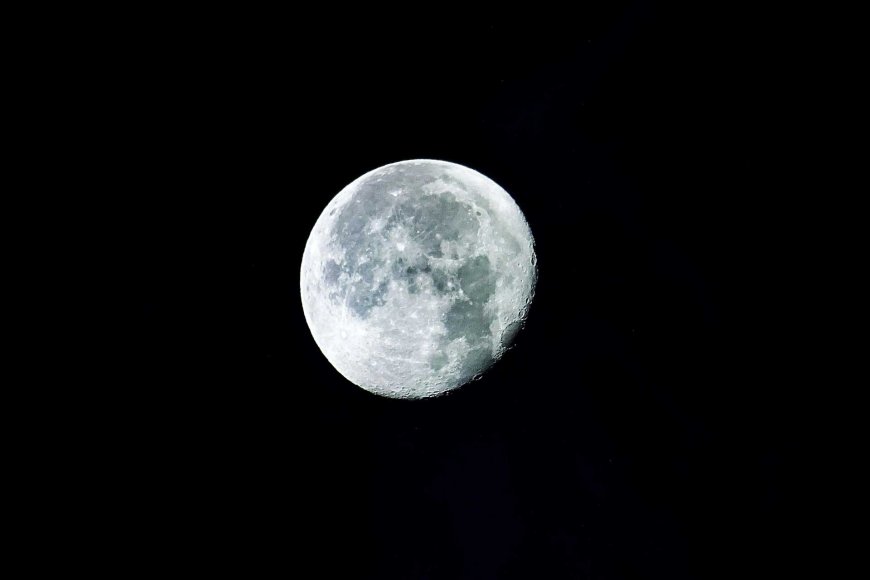
Origins of Tsukimi
Tsukimi's roots can be traced back to Japan's Heian period (794-1185), a time when aristocrats would gather to compose poetry, play music, and gaze at the moon. Influenced by Chinese Mid-Autumn Festival traditions, Japanese nobility would sit on boats or verandas, appreciating the moon’s reflection in ponds or rivers. They would craft elaborate verses inspired by the moon, often centered on the beauty of nature, fleeting time, or unrequited love.
As centuries passed, Tsukimi evolved from an exclusive celebration of the elite to a more inclusive festival shared by all classes in Japan. Today, it is an accessible and heartfelt occasion that encourages everyone to pause and appreciate the changing seasons.
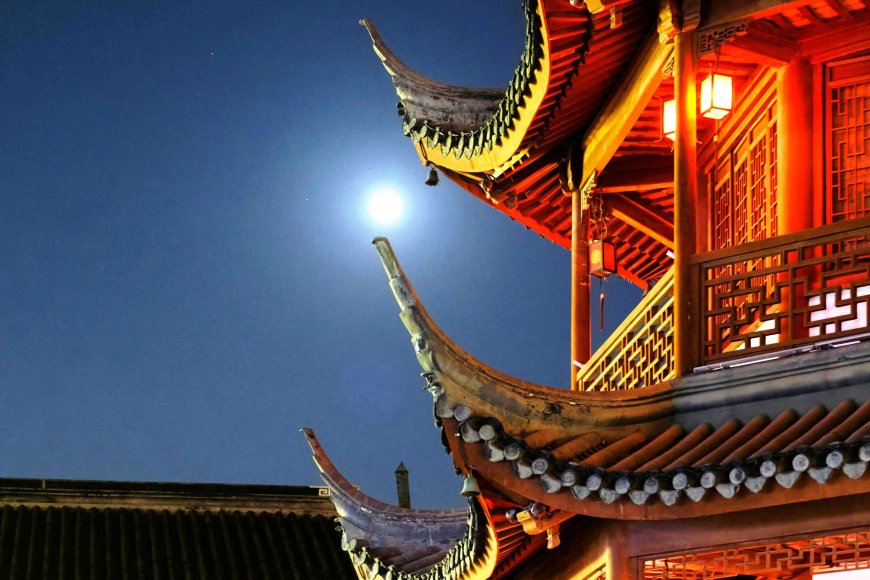
Symbolism and Spiritual Significance
Beyond its aesthetic appeal, Tsukimi holds deep spiritual significance in Japanese culture. The harvest moon symbolizes abundance and is closely associated with the agricultural cycle. Historically, Tsukimi was a time to express gratitude for the year's harvest, especially rice—a staple of Japanese cuisine and culture.
Farmers would present offerings to the moon, asking for a bountiful harvest in the coming year. These offerings, which continue to be an integral part of Tsukimi, often include seasonal foods like taro, chestnuts, and rice dumplings known as tsukimi dango. These round, white dumplings resemble the full moon and are arranged in a pyramid shape as a symbolic gesture to honor the moon's presence.
In addition to agricultural ties, Tsukimi also carries spiritual connotations of reflection and connection with nature. The moon, often viewed as a symbol of purity and tranquility, invites people to contemplate life's transience, a concept deeply rooted in Japanese philosophy.

Tsukimi Foods and Offerings
One of the most recognizable elements of Tsukimi is the food prepared for the occasion. While tsukimi dango is the star, other seasonal treats play a significant role. Taro, a root vegetable that ripens in the autumn, is commonly placed on altars alongside persimmons, chestnuts, and grapes.
Traditional beverages such as sake and green tea are also consumed during Tsukimi. Drinking sake under the full moon was believed to bring blessings for the coming year and offer protection against misfortune. Modern celebrations may also include mochi, sweetened rice cakes, or even Tsukimi-themed meals at restaurants, such as “Tsukimi udon” or “Tsukimi soba,” which include an egg, representing the moon, cracked on top of the noodles.
In many homes, these foods are not just eaten but also offered to the moon as thanks for the season's harvest. People create makeshift altars, often placing them near windows or outdoors, where they can look up at the moon while presenting their gratitude.
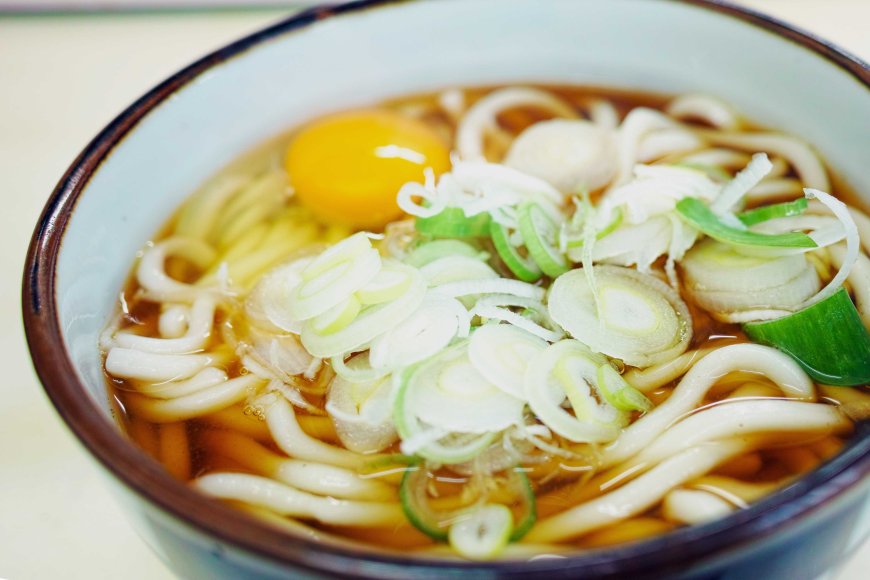
Modern Tsukimi Traditions
In contemporary Japan, Tsukimi remains a popular event, though it may look different depending on the region or household. For many, it’s a quieter celebration, a night spent enjoying food and family while admiring the moon from a garden or balcony. Communities across Japan often hold Tsukimi festivals, where people gather to watch traditional performances, eat local delicacies, and, of course, gaze at the moon together.
In Tokyo and other urban areas, public spaces like parks and temples host moon-viewing events, complete with lanterns and cultural performances. Some of these modern celebrations feature kagura dances (sacred Shinto performances), live music, and even fireworks displays. One popular spot is Tokyo’s Asakusa Shrine, where both locals and tourists can partake in the moon-viewing festivities.
In recent years, a modern twist has been added to Tsukimi: the introduction of Tsukimi-themed fast food. Major chains like McDonald’s in Japan offer seasonal “Tsukimi burgers,” which include a fried egg to represent the moon. This commercialization has made Tsukimi even more accessible, allowing the younger generation to participate in this ancient custom in a lighthearted way.
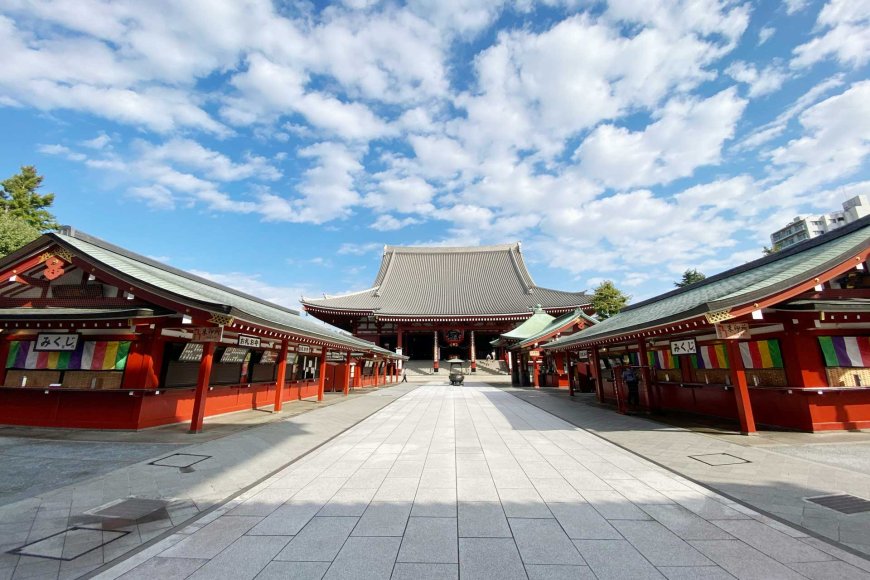
The Timeless Appeal of Tsukimi
What makes Tsukimi so enduring is its universal theme of gratitude and reflection. In a world where seasons change and life can often feel rushed, Tsukimi offers a moment to slow down, look up, and find beauty in the simplicity of the natural world. While some of the traditions have evolved, the core of Tsukimi—finding harmony with nature and offering thanks for its gifts—remains unchanged.
The moon has always held a special place in human culture, symbolizing everything from love and mystery to renewal and transformation. In Japan, Tsukimi is not just a festival but a reminder of the interconnectedness between people and the world around them. Whether you’re enjoying a moonlit meal with friends or simply taking a quiet moment to observe the night sky, Tsukimi invites everyone to pause and appreciate the present moment.
As the moon rises high in the sky during Tsukimi, it reminds us of our place within the grand cycle of seasons. The tradition continues to unite the past with the present, offering a timeless ritual that celebrates both nature’s beauty and life’s fleeting moments.
Find Cheap Flight Tickets to any Destinations in Japan and the Philippines
Nipino.com is committed to providing you with accurate and genuine content. Let us know your opinion by clicking HERE.






























































